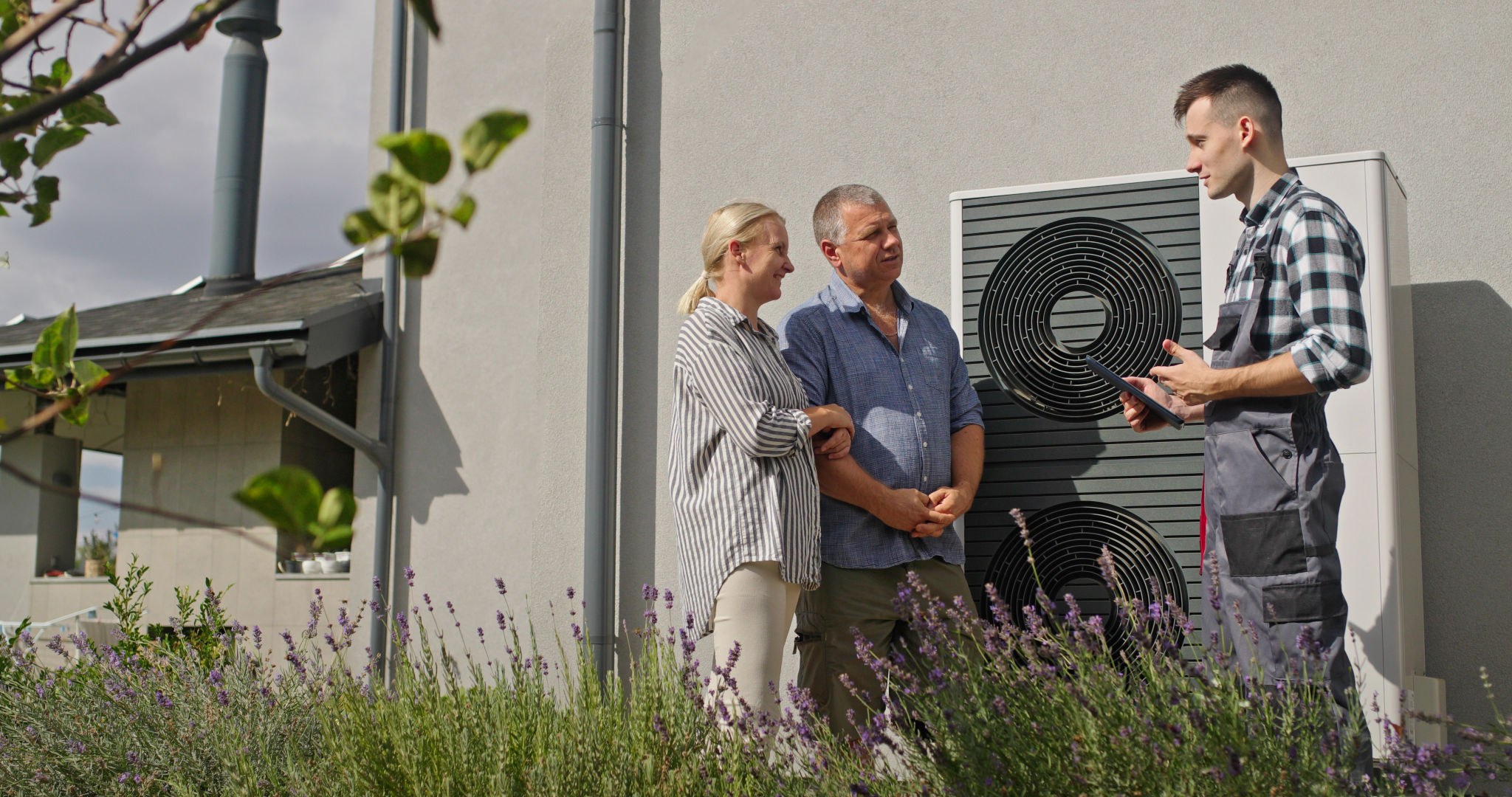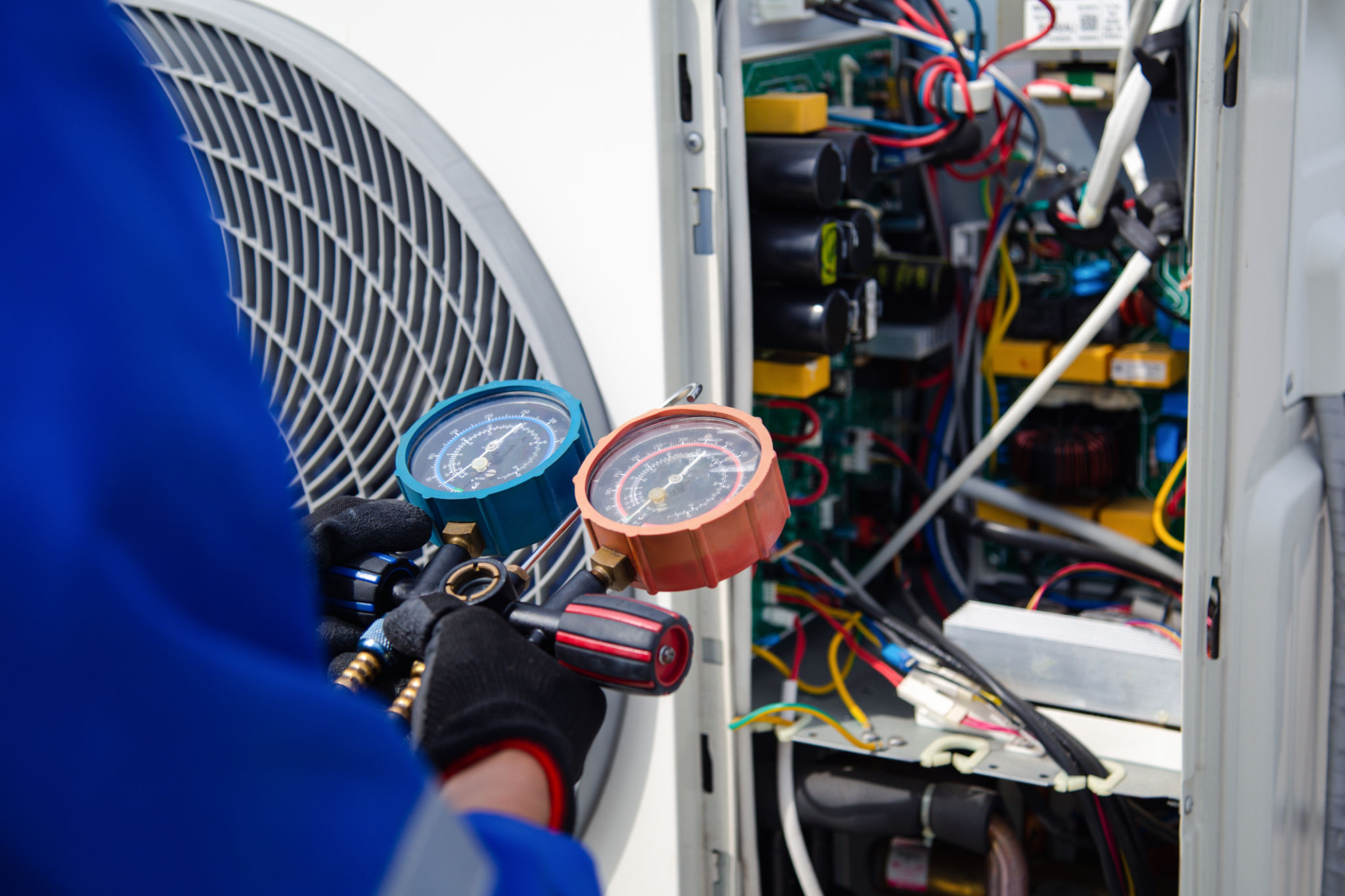Navigating Local HVAC Regulations in Travis County, TX
Understanding HVAC Regulations in Travis County
Heating, ventilation, and air conditioning (HVAC) systems are essential for maintaining comfortable environments in both residential and commercial spaces. However, installing and maintaining these systems requires compliance with local regulations, which can vary significantly from one county to another. In Travis County, Texas, understanding these regulations is crucial for homeowners, contractors, and businesses to ensure safety and legal compliance.
Travis County has specific rules designed to ensure that HVAC systems are installed safely and efficiently. These regulations are in place not only to protect individual property owners but also to ensure the broader community's health and safety. Local compliance ensures that systems are energy-efficient and environmentally friendly.

Key Permitting Requirements
Before you start any HVAC-related project in Travis County, it's important to understand the permitting requirements. Permits are necessary for most installations and significant repairs. These permits ensure that the work meets the county's safety standards and building codes.
Generally, a licensed HVAC contractor must apply for the permit on behalf of the property owner. This process includes submitting detailed plans and specifications of the proposed work. Homeowners should ensure their contractor is familiar with local regulations to avoid any compliance issues.
When Permits Are Required
Permits are typically needed for new installations, major system replacements, and significant alterations to existing HVAC systems. Routine maintenance tasks may not require a permit, but it's always best to check with local authorities if you're unsure. Failing to obtain the necessary permits can result in fines and delays.

Inspection Procedures
Once the installation or repair work is completed, an inspection is usually required to verify compliance with local codes. The inspection process in Travis County ensures that the HVAC system is safe, effective, and energy-efficient. Inspections must be scheduled and completed before the system can be used.
The inspector will check various aspects of the installation, including electrical connections, ductwork, refrigerant levels, and overall system performance. Any deficiencies must be corrected before final approval is granted. Homeowners should coordinate with their contractors to address any issues promptly.
Common Inspection Failures
Common reasons for inspection failures include improper installation of ductwork, inadequate ventilation, and non-compliance with electrical safety standards. Preparing for these inspections by working with experienced and knowledgeable contractors can help avoid these pitfalls.

Environmental Considerations
Travis County places a strong emphasis on energy efficiency and environmental sustainability. HVAC systems must meet specific energy performance standards to reduce environmental impact. This focus aligns with broader state and federal regulations aimed at reducing carbon emissions and promoting green building practices.
Choosing an HVAC system with a high energy efficiency rating can not only help meet regulatory requirements but also reduce utility bills over time. Property owners should consider systems that are ENERGY STAR certified or have similar credentials when planning installations or upgrades.
Incentives for Compliance
There are often incentives available for property owners who invest in energy-efficient HVAC systems. These incentives can include tax rebates, reduced permit fees, or financial assistance programs aimed at promoting sustainable practices. Checking with local utility providers or government offices can provide more information about available programs.
Navigating local HVAC regulations in Travis County requires a good understanding of permitting processes, inspection protocols, and environmental standards. By ensuring compliance with these regulations, property owners can enjoy safe, efficient, and environmentally friendly HVAC systems.
